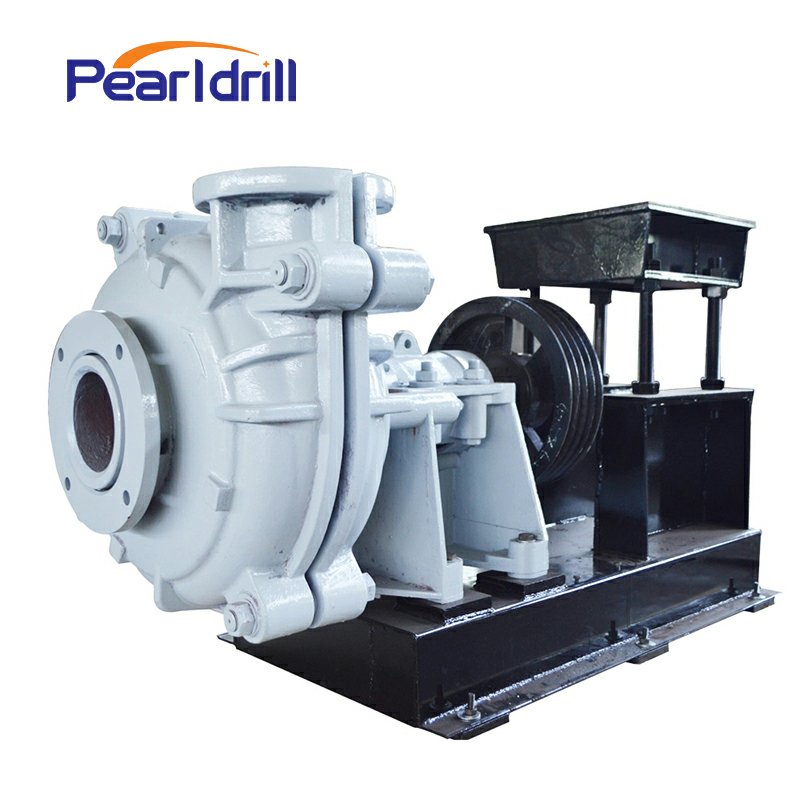How to choose a Slurry pump?
Choosing the right slurry pump involves considering several factors to ensure it meets the specific requirements of your application. Here are some key considerations to guide you in selecting a slurry pump:

1. Slurry Characteristics: Understand the properties of the slurry you need to pump, including the particle size, concentration, density, and viscosity. These characteristics will influence the type and design of the slurry pump required. For example, a high concentration of large particles may necessitate a pump with a larger impeller and wider passages.
2. Application Requirements: Consider the specific application requirements, such as the flow rate, head (pressure), and distance the slurry needs to be transported. The pump should be capable of delivering the desired flow and pressure to meet your operational needs effectively.
3. Pump Type: Determine the most suitable pump type based on your application. There are different types of slurry pumps available, including horizontal centrifugal pumps, vertical sump pumps, submersible pumps, and gravel pumps. Each type has its advantages and is better suited to certain applications. For example, vertical sump pumps are commonly used in sumps or pits, while submersible pumps are suitable for underwater or submerged applications.
4. Pump Design and Construction: Consider the pump's design features and construction materials. Slurry pumps need to be robust and resistant to wear, corrosion, and erosion caused by the abrasive nature of the slurry. Look for pumps made from durable materials, such as high-chrome alloys, rubber-lined components, or other wear-resistant materials, depending on the application.
5. Efficiency and Reliability: Assess the pump's efficiency and reliability. Look for pumps with high efficiency to minimize energy consumption and operating costs. Additionally, consider the pump manufacturer's reputation for producing reliable and durable equipment that can withstand the demands of slurry pumping applications.
6. Maintenance and Serviceability: Evaluate the ease of maintenance and serviceability of the pump. Slurry pumps may require regular maintenance due to the abrasive nature of the slurry. Look for features such as easy access to internal components, replaceable wear parts, and availability of spare parts to ensure convenient maintenance and minimize downtime.
7. Manufacturer Support: Consider the support provided by the pump manufacturer. Look for a reputable manufacturer that offers technical assistance, spare parts availability, and after-sales support to address any issues or concerns that may arise during the pump's lifespan.
8. Cost Considerations: Compare the initial purchase cost, operating costs, and lifecycle costs of different pump options. While it's essential to consider your budget, prioritize the long-term cost-effectiveness and reliability of the pump over the initial price.
9. Consultation: If you are unsure about the specific requirements or need assistance in choosing the right pump, consult with pump manufacturers, suppliers, or industry experts who can provide guidance based on their experience and expertise.
By considering these factors and conducting thorough research, you can make an informed decision when selecting a slurry pump that best suits your application needs.